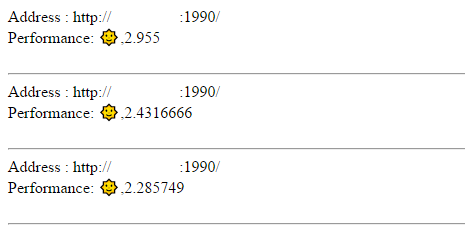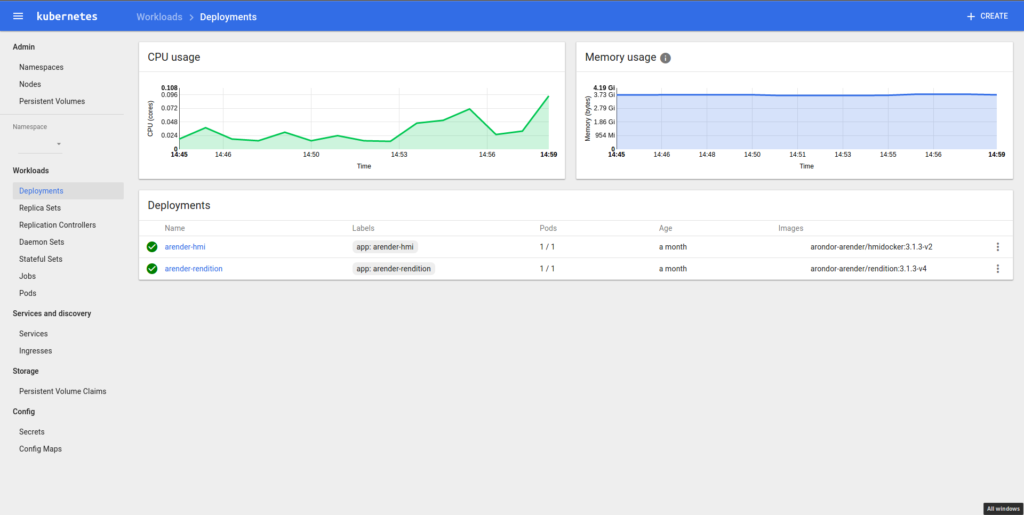Behind the ARender demo website
- Maxime
- 11 Apr, 2017
- Tech articles
If you check this blog frequently, you probably already know the online demo of ARender: http://arender.fr/ARender/
This demo evolved a lot in the past years to catchup with the pace at which the product evolved!
Here is roughly what was the ARender demo at the very beginning : a simple, monolithic, matching the need perfectly server. This server was hosting both rendition and presentation servers, running under Tomcat.

Then, we started to have some hefty accesses to the demo server, which also corresponded to the time we needed to have servers reflecting our clients’ on-premise architectures in order to reproduce bugs. We jumped on the occasion to increase our demo capacity!
The final version of this scaled up « many-rendition » demo was the following:
- A single exposed Tomcat server (two non exposed internal ones)
- Three rendition servers (two CentOS and an externalized Debian on a Datacenter for reaching 100% uptime)
- All of it connected using the new ARender REST api (no longer using the legacy RMI) :

We can observe the recent performane results of the machines on this screenshot. We have a good margin of performance left, sunny all the way!
Recently, the online demo changed again and moved to a new horizon. In order to prepare our future in the SaaS and Cloud hosting of ARender, we migrated the demo to Google Cloud Platform without any service interruption. Here is the current way for us to monitor the online demo:

As you can see, the online demo is now running in a Kubernetes cluster, and has auto scalability enabled ! Kubernetes base itself on the notion of Pods, small Docker containers deployed in its cluster.
Regarding the CPU load the cluster is observing, our rendition pods are scaled up/down (up to a maximum, down to a minimum). As a bonus, we got a slightly better performance moving to the Cloud platform for some scenarios.
One last number: since last year’s November (2016) the online demo is now receiving a consistant triple amount of traffic in April (2017)!
